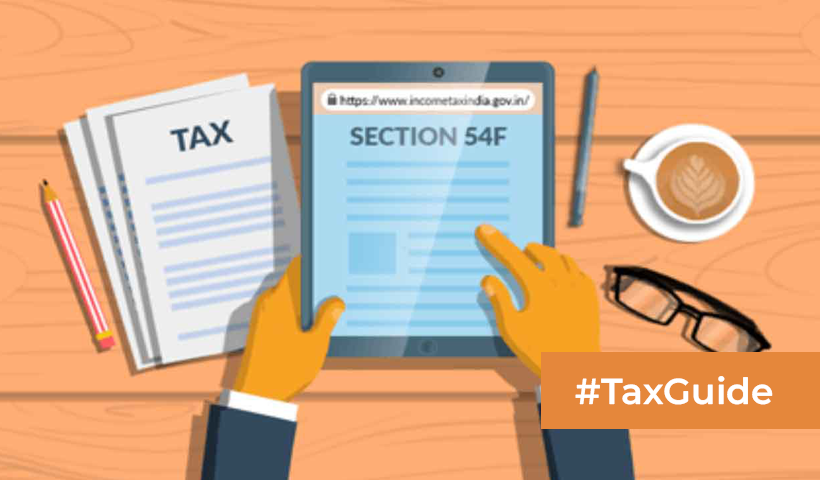Plan Wisely, Pay Smartly: Using Section 89 for Tax Savings!
Salary arrears are taxable as income in the year in which they are received. This is because the income is deemed to have accrued in the year to which the arrears relate.
For example, if an employee receives salary arrears for the financial year 2022-23 in the financial year 2023-24, the arrears will be taxable as income in the financial year 2023-24.
This can lead to a situation where the employee ends up paying a higher tax on the arrears than they would have paid if the arrears had been received in the year to which they relate.
To address this issue, Section 89 of the Income Tax Act provides relief to taxpayers who receive salary arrears in a later year.
Relief under Section 89
The relief under Section 89 is calculated as the difference between the tax paid on the arrears in the year of receipt and the tax that would have been paid on the arrears if they had been received in the year to which they relate.
To claim relief under Section 89, the taxpayer must file Form 10E along with their income tax return.
Example
Let us assume that a taxpayer receives salary arrears of Rs. 100,000 in the financial year 2023-24. The arrears relate to the financial year 2021-22.
The taxpayer’s income tax liability in the financial year 2021-22 was Rs. 20,000. The taxpayer’s income tax liability in the financial year 2023-24 is Rs. 30,000.
If the taxpayer had received the salary arrears in the financial year 2021-22, their income tax liability would have been Rs. 25,000 (i.e., Rs. 20,000 + Rs. 5,000).
Therefore, the relief under Section 89 will be Rs. 5,000 (i.e., Rs. 30,000 – Rs. 25,000).
Conditions for claiming relief under Section 89
To claim relief under Section 89, the following conditions must be satisfied:
- The salary arrears must be received in a later year.
- The salary arrears must relate to a previous year.
- The taxpayer must have filed an income tax return for the previous year to which the arrears relate.
- The taxpayer must have paid the income tax due on the arrears in the year of receipt.
Benefits of claiming relief under Section 89
Claiming relief under Section 89 can help taxpayers to reduce their income tax liability. This is because the relief is calculated based on the difference between the tax paid on the arrears in the year of receipt and the tax that would have been paid on the arrears if they had been received in the year to which they relate.
Conclusion
Section 89 of the Income Tax Act provides relief to taxpayers who receive salary arrears in a later year. The relief is calculated as the difference between the tax paid on the arrears in the year of receipt and the tax that would have been paid on the arrears if they had been received in the year to which they relate.
To claim relief under Section 89, the taxpayer must file Form 10E along with their income tax return.
Tips for claiming relief under Section 89
- Keep proper records of your salary arrears, including the year to which they relate and the amount of tax paid on them in the year of receipt.
- File Form 10E along with your income tax return, even if you have not paid any tax on the salary arrears.
- If you have any doubts about claiming relief under Section 89, consult a tax professional.
Disclaimer: The views expressed above are for informational purposes only based on industry reports and related news stories. PropertyPistol does not guarantee the accuracy, completeness, or reliability of the information and shall not be held responsible for any action taken based on the published information.




